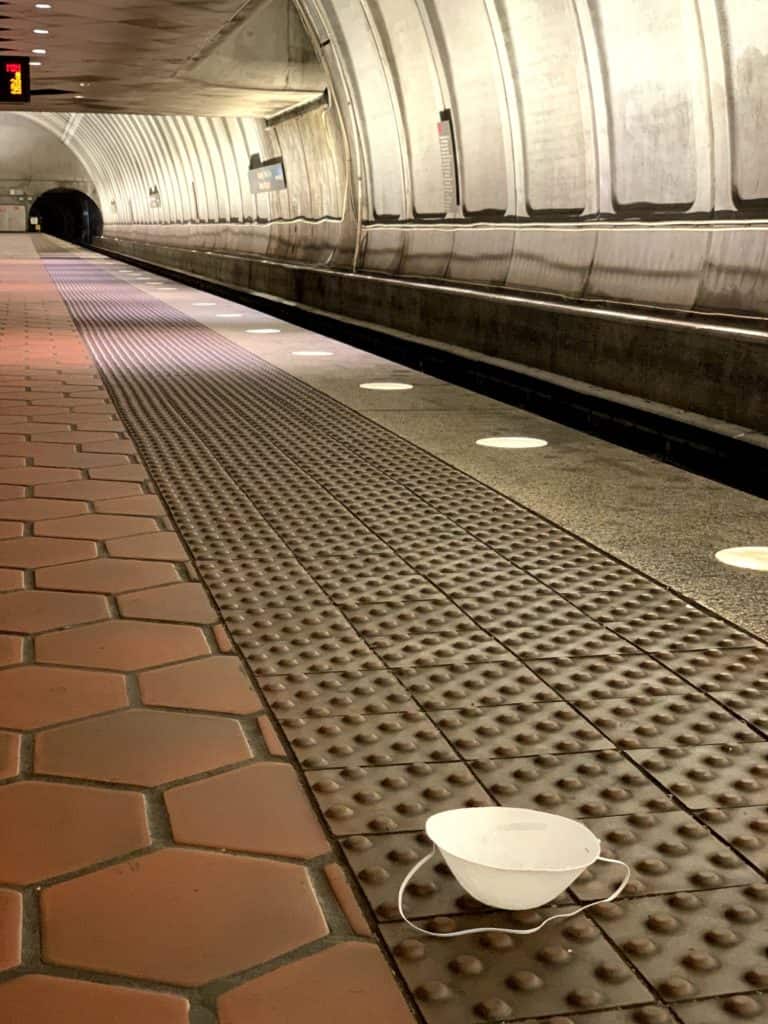There has been much speculation about what workspaces will look like and how they will be different after the COVID-19 pandemic, but what about the way we get to work? Stay-at-home orders caused large decreases in ridership for public transit around the country. For urban areas and people who rely on them, public transportation faces a precarious return to a new normal. However, it is unlikely that normal will return anytime soon, and a decrease in quality public transportation in cities will disproportionately impact low- and moderate-income (LMI) communities who rely on public transportation more than higher-income communities.
Public transportation in large cities is crucial for getting crowds of workers around without increasing roadway congestion. Parking capacity is already an issue in large cities, and many living in those areas choose public transit as a more efficient and cost-effective way to get around. Before COVID-19, urban hotspots like New York City and Chicago greatly relied on public transit and could not have functioned without it.
In New York City, 56% of the population uses public transportation. Today during the COVID-19 pandemic, the city has announced that for the first time in over 100 years that it will close all subway stations from 1am-5am for cleaning. In Washington D.C., a city known for its commuters, the Metrorail has closed some stations completely and is running on a reduced train schedule. The D.C. metro ridership is down over 90% since last year, and Metro has stated that it should be used for “essential travel only” indefinitely. In Chicago, ridership is down 82%. So while some states are moving to start reopening, these cities are nowhere close, especially for LMI communities dependent on public transportation for mobility and job security.
A Pew Research study examined large cities by their demographics to see who was using public transit the most. They found that city dwellers are much more likely to use public transit, and that in these cities “Americans who are lower-income, Black or Hispanic, immigrants or under 50 are especially likely to use public transportation on a regular basis.” Blacks, Hispanics and immigrants are also much more likely to live in metropolitan areas with public transit options and are less likely to have access to an automobile. Early studies also have shown that essential frontline workers during this COVID-19 pandemic are more likely to be from socio-economically disadvantaged groups than the overall workforce.
The decrease in reliable and safe public transportation during this pandemic is affecting essential workers everywhere, but especially in large cities. With public transit services changing constantly due to low ridership, frontline workers are forced to wait longer periods of time for buses and trains, exposing themselves and everyone else to infection through riskier environments and circumstances.
Social distancing works for those who can afford it but remains very difficult for those without access to a vehicle. It is impossible to keep 6 feet away from people in a crowded subway car. This forces people who are LMI and dependent on public transportation, notably all kinds of essential workers, to put themselves at risk when they need to get somewhere using public transportation. When the CDC announced that face-coverings should be used in community spaces, they emphasized that masks are not a replacement for social distancing. So even if cities begin to reopen, public transportation will not be safe enough to operate at full capacity until a vaccine is made available or social distancing has ended.
Public transit has already been on the decline in many American cities over the years, and this pandemic is hitting it even harder. As cities begin to phase into reopening, they need to consider how people get to work and how that should impact local transportation infrastructure to ensure adequate safety measures moving forward. Easing lockdowns will need to include targeted strategies on how to limit capacity and ensure safe use of buses and trains. Countries around the world are working on how to do this in a cost-effective way, but very few cities have announced long term plans for this aside from more frequent cleaning of facilities. An effective solution will likely need to combine a number of strategies and should include an increase in access to PPE for frontline transit workers and mask requirements for riders.
Public transportation has been a lifeline to many people during this pandemic to help them earn a living. Decreases in the use and provision of public transportation moving forward will disproportionately affect the people who rely on it most, often low-income communities. Without safe transportation strategies in place to help large cities reopen, nothing will go back to normal, and people who rely on public transportation the most will continue to struggle to navigate a mobility crisis among a health crisis.
Sara Oros is NCRC’s Program Coordinator for Fair Housing/Fair Lending.
Photo at D.C. Metro station by Sara Oros



